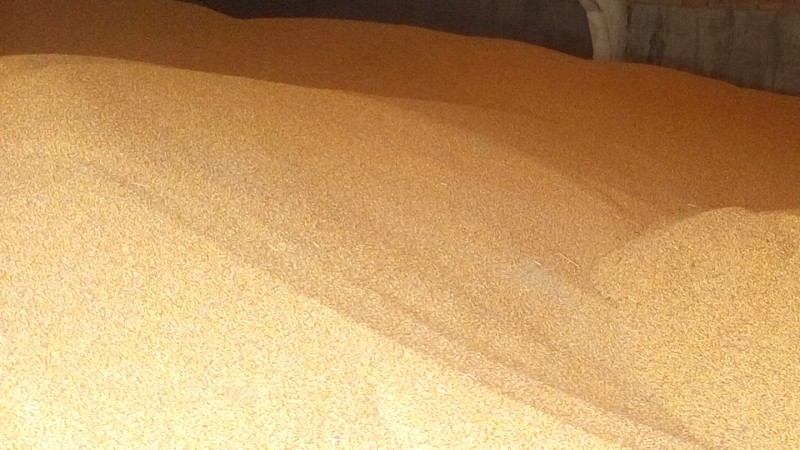Corn: In a battle with time for acreages
April 20, 2018 at 11:29 AM ,
Starry Night Ltd.

BULGARIA. The majority of corn is usually harvested throughout the North regions, with the Northwest leading among the rest. From the South, annually, the country collects much smaller share of its national output.
Corn: Grappling with time
Time advances quickly, without taking into consideration the belated activities in corn planting this year. Although the sowing campaign is currently getting in full throttle in some regions, the soaked fields inevitably postponed the pace of sowing. Farmers within the Northwest complained of disfavoring weather conditions earlier in the month, which prevented them from starting the campaign on time, as it did everywhere else. According to local authorities, by the 12th of April 2018, farmers managed to sow only 30,366 ha of fields with corn while a year earlier at that time, planted acreages reached 215,295 ha. The difference is substantial – close to 86% in favor of sowed land last year. There is no doubt, sowing activities will continue into May, while in regions, there might be some plots left unsowed. Depending on the fickleness of weather conditions during the Spring, the sowing campaign in places may well slip into June. Yields will inevitable be affected.
|
Harvest 2017-18 (01.09.2017 - 13.04.2018) units in MT |
|
|
Beginning availability |
580,000 |
|
Aggregate output |
2,315,387 |
|
Imports |
14,526 |
|
Domestic consumption |
806,600 |
|
food & industrial usage |
308,000 |
|
feed |
498,000 |
|
seeds |
600 |
|
Exports to the world |
918,206 |
|
to EU markets |
762,257 |
|
to rest of the world |
155,949 |
Source: Bulgarian Ministry of Agriculture
Local dynamics
So far in the marketing season, domestic consumption of locally grown corn has been unmistakably following a steep ascending trend. By the 13th of the month, the livestock’s sector demand accounted for 498,000 mt, which on a yearly basis the number stands by 18.85% higher than that of last year by that time. Corn used for food and in the industry came to 308,000 mt, which represents a rise of 20.31% from that of last year. Whenever the dynamics on the export fronts of wheat have been strong, as has been the case during the current marketing season, local processors turn to corn as a substitute. The trend is expected to keep its climb.





